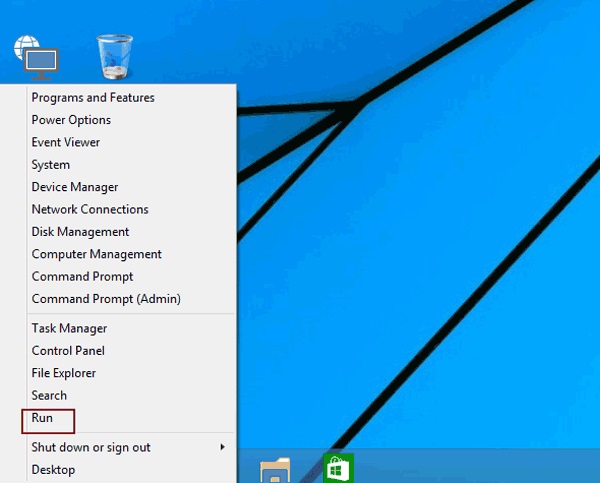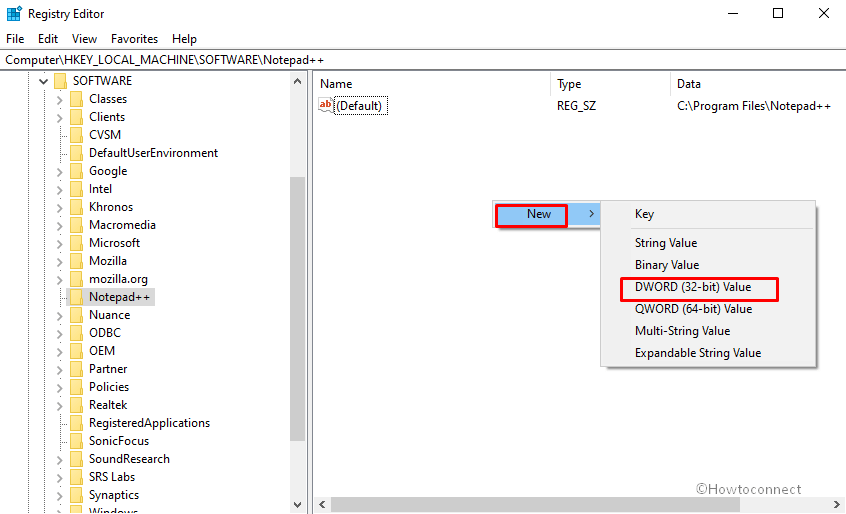


Browse to a non-active NTUSER.DAT file in (one not associated with the user profile that is currently logged in ) directory-> C:\users\ \NTUSER.DAT and click to select it. Click the “File” menu at the top of the program window and choose “Load Hive”. Click the “HKEY_USERS” folder to load another profile’s NTUSER.DAT file.
#Windows r regedit windows#
Open Registry Editor by going to Windows Key + R –> regedit.Loading Another User using Registry Editor In this editor Go to “ HKEY_USERS” and select the user’s name as you mentioned in the command prompt and from there you can edit his/her registry settings.As you get the confirmation message go to the registry editor to make changes.

#Windows r regedit software#
In this key, you see the SOFTWARE folder, then Microsoft, Windows, CurrentVersion, and finally the Run folder. To browse to this location, you first start by opening the HKEY_LOCAL_MACHINE key (folder). Below is an example path for a commonly accessed registry subkey. When most users need to edit their registry, they're given the location or path of where the registry value is located and what to change. In Windows 10, type regedit in the Search box on the taskbar and press Enter.

In Windows 8, you can type regedit on the Start screen and select the regedit option in the search results. In the Start menu, either in the Run box or the Search box, type regedit and press Enter.Type regedit on the Start screen and select the regedit option in the search results.Type regedit in the Windows search box on the taskbar and press Enter.The Windows Registry Editor window should open and look similar to the example shown below.If prompted by User Account Control, click Yes to open the Registry Editor.In the text field at the top of the search window, type regedit and press Enter.On the Windows taskbar, click the magnifying glass icon.If you have restricted access to the Windows computer you're logged in to, you may not be able to access the Windows registry.


 0 kommentar(er)
0 kommentar(er)
